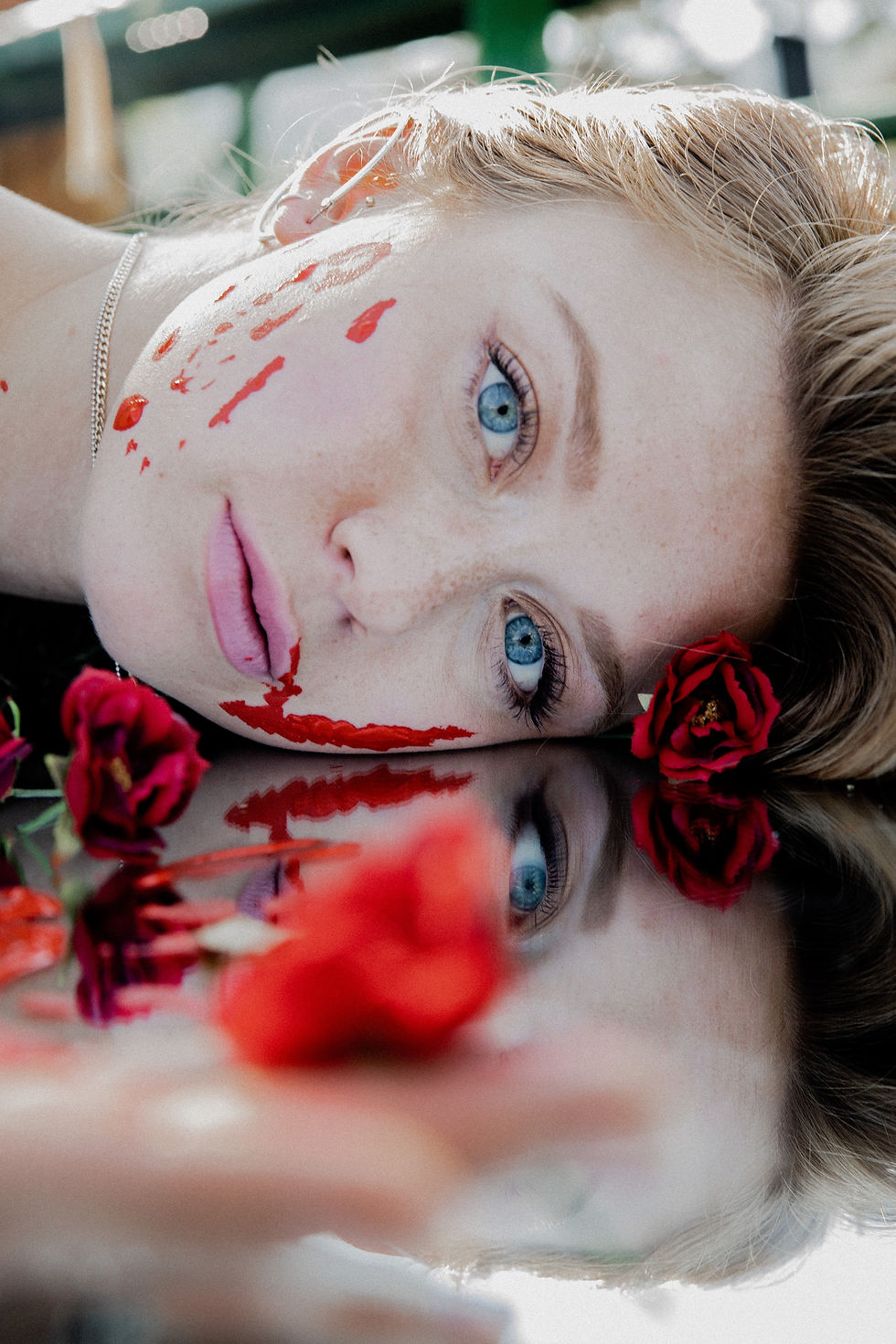Alchemy: Circulation & the Pelican Phantasy
- Sylvia Rose

- Oct 21, 2024
- 3 min read
Circulation is one of many processes of alchemy. The purification of a substance is achieved through circular distillation in a pelican or closed distillation apparatus. Through heating, the liquid component separates. In the Renaissance, the Pelican comes from the alchemy of plants.

The liquid component vaporizes on entering the arm or neck. It condenses and descends again to the substance in the flask. This process is also described as refluxing, or heating material in a sealed vessel to make it evaporate, recondense, and reevaporate continuously.
The Pelican is the vessel in which the circulation is performed. It may be glass, bronze, brass, iron, copper or any other sturdy unit. It can have one arm or two, maybe more. The advantage of glass is the ability of the alchemist to observe the proceedings.
The shape of the flask is to mimic the bent head of the pelican as she slices her breast open with her beak and feeds her young with her blood. The pelican becomes a strong Christian emblem of sacrifice. In alchemy, on the esoteric end of things, it can also be symbolic.
The pelican vessel appears in the herbal alchemy Spagyria, introduced by Paracelsus (the Great), one of the colorful figures of the Renaissance. A physician, he puts his energy into making medicine with alchemy. He influences many, including Robert Fludd.
As Spagyria seeks to purify components of herbs and other plants, the Pelican is able to keep up a constant stream of recycling. Another vessel used for this purpose is the cohobation vessel.

Cohobation is a form of circulation. The difference is in the process, as the liquid is drawn off and then returned in cohobation, similar to simple distillation. In circulation as in the Pelican, the liquid moves up and down in the same vessel without being removed.
The sacrificial pelican is based on erroneous belief and description of the bird in stories told to the artist. Ideas of blood many come from the red beak, pouch or inner beak of some birds. This strange hybrid fowl tearing its breast while its children drink its blood is a disturbing image, even for medieval Christians.

The "neck" of the pelican is bent in the shape of a bird preening herself, hence the name, but the symbolic meaning is not associated with the vessel at all. It's a practical piece of alchemical equipment devised for a specific purpose.
Although the pelican is one of the bird symbols of alchemy, it's yet another of the many overembellished multiple meanings of the late Renaissance. While many beautiful artworks come from this time, the whole concept of alchemy has transmuted over the past 1400+ years.

Gone are the recipes for coloring metals and making pigments. They have been primped and padded and pushed into place to suit the mentality of the average Renaissance philosopher. Meaning is juxtaposed, reassigned, replicated and redefined a million times over.
Somehow the dyeing of metals is replaced with the conjuring of real precious metals, and the die is cast. In fact the stone is cast, as the lapis philosophorum or Philosophers' Stone appears by name in the 14th century, just in time to become a legend.

Non-Fiction Books:
Fiction Books:
READ: Lora Ley Adventures - Germanic Mythology Fiction Series
READ: Reiker For Hire - Victorian Detective Murder Mysteries



